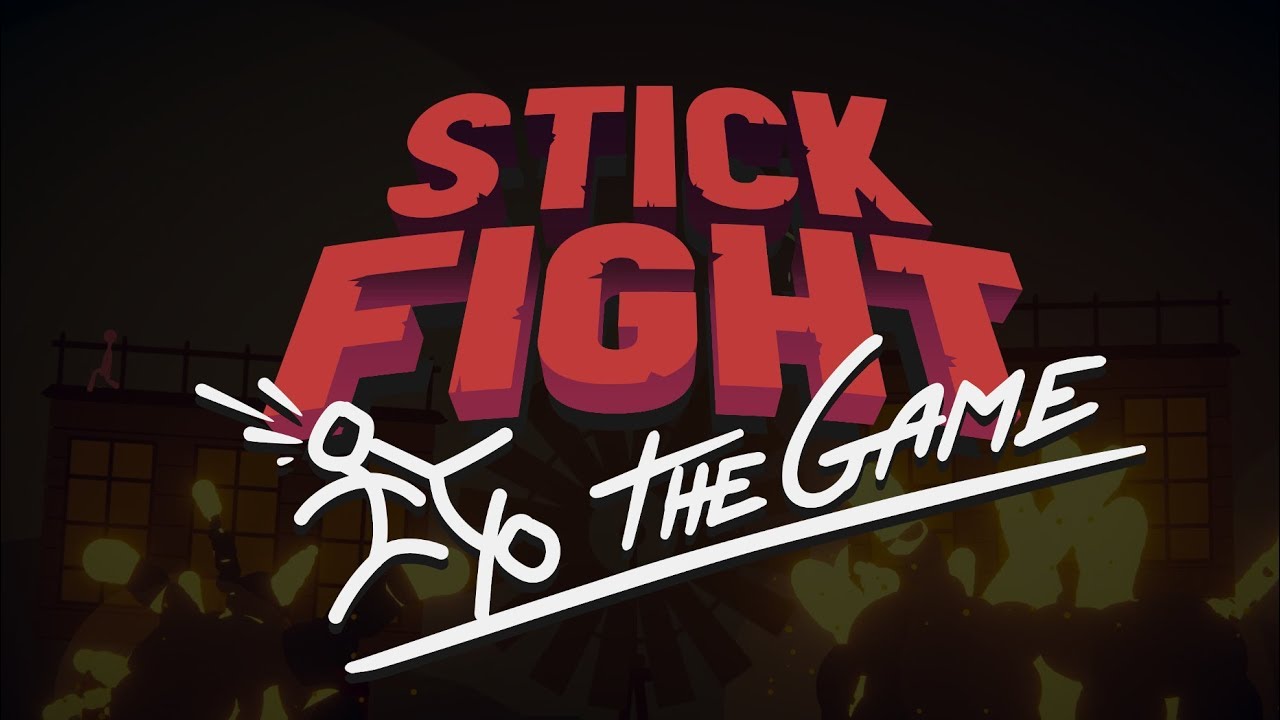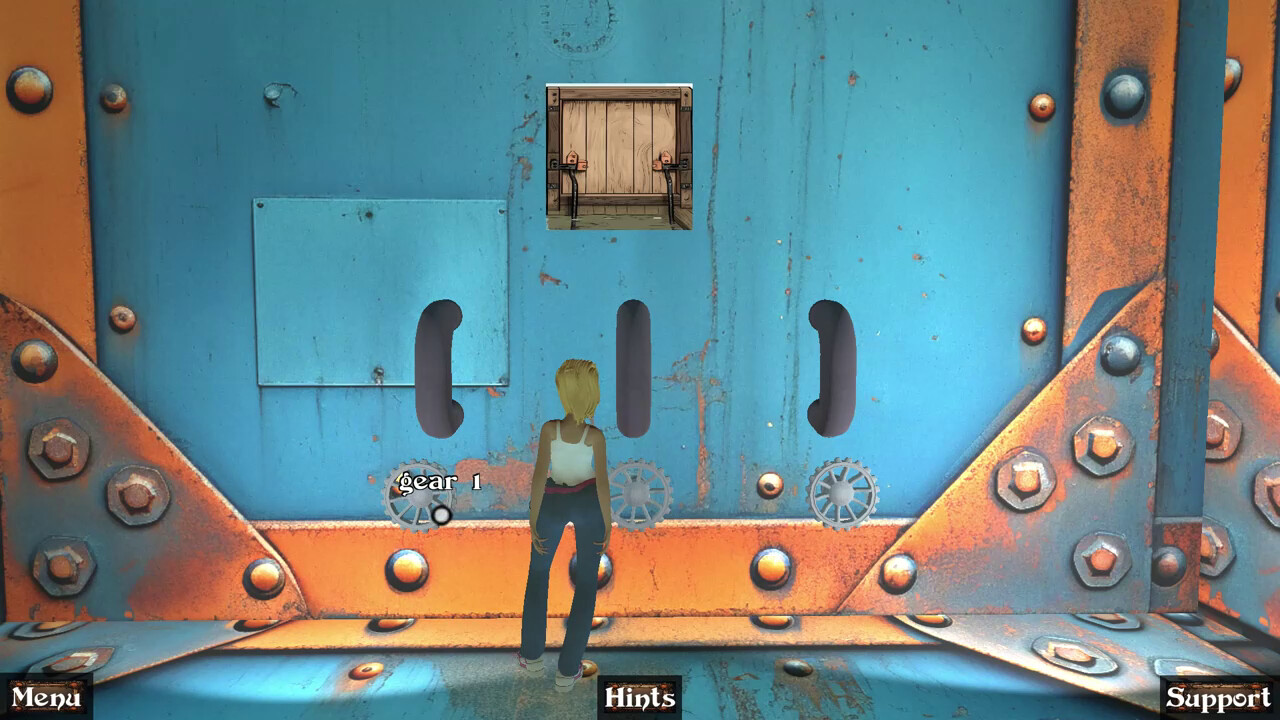Want an actually decent gaming in Stick Fight: The Game? Tired of bugs, latency, desyncronization, and ‘totality legit physics’ holding you back? Well, I just might have a guide that can make substantial changes to your experience with this game! This is like a 2.0 to my former latency, bugs, and errors guide.
The Potential Origin of Most Bugs and Latency
As it may be, in order to have a working multiplayer game, one supposedly needs to transfer information regarding the physics, maps, players, etc. into small “packets” of information. Notably, as it would appear, Stick Fight may handle these “packets” via the ‘UDP’ communication protocol plus some other extra aspects indicative of TCP. Supposedly, I currently suspect the system being used is UDP since it seems to be commonly used for real-time games, but in exchange for its speed, it can lose data packets without retransmitting them like TCP does, in other words, it’s prone to the permanent lose of information. Additionally, UDP is prone to IP spoofing, which I have seen in my time in playing the game, although only two or three times over a few years, but yes.
As it may be, some player information is highly prioritized, like player position and player rendering, other data is supposedly more moderately-prioritized, like map rendering and weapon rendering, and some data seems to be thrown out immediately, like health data, the player hitbox, weapon throwability, void damage, host privileges(?), etc. Moreover, as it may be, instead of connecting to some server, each player joins the host’s match from the host’s device. In other words, the map data and player data are supposedly managed by the host and not by some ‘server,’ potentially causing certain stickmen to be consistently bugged regardless of which user joins the match as the particular stickman (i.e. ‘red’ will always be unable to die kind of thing, rather than some user in particular).
Lastly, the supposed problem of Stick Fight is that it uses a weak network that can be easily congested from tons of physics objects, player inputs, chat messages, player connections, etc. which may get close to, or cause outright, something known as “congestive collapse” commonly associated with queueing delay, packet loss, and the degradation of new connections, or in other words, latency, bugs, and bugs specifically occurring when other players join. So, fundamentally, Stick Fight seems to be quite sensitive to high data traffic, and thus, to improve the gaming experience, it may be the case that one needs to decrease said traffic data.
Note: As it may be, it is seemingly not possible to fix a bug once it occurs unless you re-host or, on rare occasion, if the host leaves, since packet loss within the UDP system is permanent to the match, or perhaps to whoever’s device is holding said match data.
Making Stick Fight Way More Playable
So, if high data traffic leads to issues in-game, then one may need to find ways of reducing the data going around, and this is the method I came across which is insanely effective, especially when one hosts a match instead of joining one.
For MacOS | Set WiFi to Low Data Mode
- Click the “” icon in the top-left corner
- Click system settings
- Click “Network”
- Click “Wi-Fi”
- Click “Details…” in the grey box
- Click the “Low data mode” switch (off –> on)
- Click “Ok”
- Insert Password
- Click “Unlock”
For Windows | Set WiFi to Metered Connection
- Click the “田” icon in the bottom-left corner
- Click “Settings”
- Click “Network & Internet”
- Click “Wi-Fi” 2nd from the top on the left-hand side
- Click on the Wi-Fi box underneath the Wi-Fi switch
- Scroll Down
- Click the “Set as metered connection” switch (off –> on)
For both MacOS and WIndows
- Open “Stick Fight: The Game”
- Press ‘esc’
- Click “Options”
- Find “Vsync”
- Click “On”




